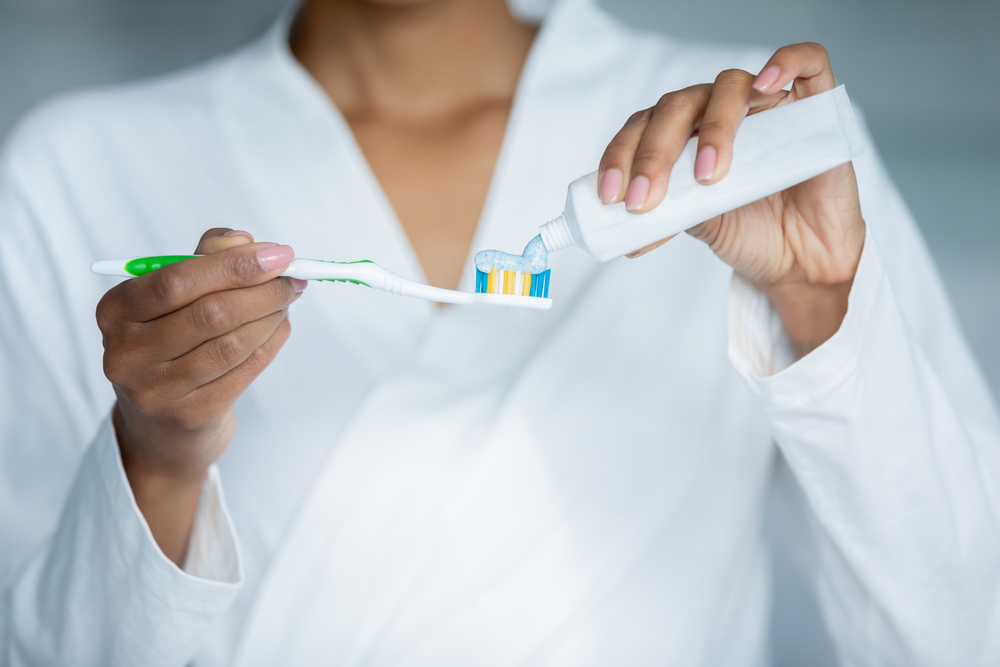The significance of brushing our teeth after every meal – we all were taught from a very young age! Right?
Also, we were probably taught how to wash our teeth in order to keep teeth and gums healthy and cavities at bay. Are you, however, doing it correctly?
To your surprise, many people even though they brush their teeth regularly, they still get cavities and need dental care. Do you want to know why? It’s all because they’re not brushing their teeth properly.
Furthermore, many people including you must be unaware that there are a number of techniques you can employ to ensure that your brushing is more efficient at cleaning your teeth and removing tartar and plaque build-up.
So if you are now looking to learn or relearn those brushing techniques, you are just at the right page.
Here I am going to tell you the four basic types of brushing methods.
Keep scrolling!
Table of Contents
4 Main Toothbrushing Methods
Teeth brushing is essential for optimum dental health. It removes germs that cause tooth decay as well as some plaque that can lead to gum disease. You clean your teeth twice a day.
But do you think you know how to do it properly? To keep your pearly whites healthy, follow these simple toothbrushing methods.
1- Bass Brushing Technique
Bass brushing technique also known as the sulcular technique is the most universally acknowledged and effective method. In this method, the toothbrush bristles reach into the gums to clean plaque away before it forms into tartar and causes gum disease.
Recommended for: It is especially effective for periodontitis disease patients.
Steps for bass brushing technique
- Place your toothbrush directly parallel to the gumline, with the bristles facing the gums, and tilt it to a 45-degree angle.
- Vibrate the brush in a circular or back-and-forth motion for a count of 15 to 20 while keeping the bristles below the gum tissue. Cover two to three teeth at a time.
- Then move the brush in a gentle back and forth motion to clean the inside surface of the back teeth.
- By tilting the brush vertically and using little up and down strokes, clean the inside surface of the front upper teeth.
- By tilting the brush vertically and using little up and down strokes, clean the inside surface of the front lower teeth.
2- Stillman Brushing Technique
Next toothbrushing method is stillman technique. It is similar to brushing with the Bass method. However, it may help remove more debris between the teeth.
Recommended for: It is suggested for people who have gingivitis.

Steps for stillman brushing technique
- Start by vibrating the brush under the gum line, then move the brush toward the chewing surface of the tooth and make quick back-and-forth strokes.
- Half of the bristles should be covering the gums and the other half should be on the tooth surface while using this technique.
3- Charter Technique
The charter brushing method is the reverse of the bass and stillman techniques
Recommended for: It may be appropriate for you if you:
- Have spaces between your teeth
- Can see exposed tooth roots
- Have experienced gum recession or periodontal surgery in the past
People who have had partial dentures or youngsters who have had orthodontic equipment may also benefit from this approach.
Steps for charter brushing method
- Start by inserting the bristles at a 45-degree angle on the gum line and pointing them towards the chewing surface or the crown of the tooth.
- Then, using short, circular strokes or little back and forth motions, vibrate the toothbrush for 15 to 20 counts.
- Make your way around your teeth, cleaning all inner and outer surfaces, including the chewing surfaces of your molars.
Also learn about natural ways to whiten your teeth.
4- Next is, Technique Modifications
Although this may appear daunting, modified versions of the Bass, Stillman, and Charter approaches exist.
Following the basic approach of whichever method you choose, you roll or sweep the bristles toward the chewing surfaces after brushing an area. This movement cleans the entire tooth surface and removes material caught between the teeth.
The sweeping motion also protects the sulcus (the space between teeth and gums) from injury.
To learn more about proper brushing techniques and dental care habits recommended by best dentists, you can schedule your next dental appointment via Healthwire.pk.
Some Other Things to Consider
Apart from choosing the right tooth brushing methods, personal oral care also demands the election of the right toothbrush and toothpaste.
Let’s see what are the requirements in these aspects.
Opting the Right Toothbrush
With so many different toothbrushes on the market, you may be unsure which one is best for your teeth. Many of us choose hard-bristled toothbrushes, believing that the harder we scrub, the better our teeth are cleaned.
It’s nothing more than a misunderstanding! Hard-bristled toothbrushes can harm the gums, root surface, and tooth enamel.
As a result, for the vast majority of people, a soft-bristled toothbrush is the most pleasant and secure option.
Most dentists from the best dental hospitals near you also agree that patients must wash their teeth twice a day for two minutes using a soft-bristled toothbrush.
Choose A Fluoride Toothpaste
With what are you brushing your teeth?
Even if children do not brush with toothpaste at first, Adult teeth require the correct sort of toothpaste for best dental care.
But don’t pick any toothpaste – fluoride toothpastes are especially excellent in removing plaque-causing bacteria and keeping your breath minty fresh after each brush.
